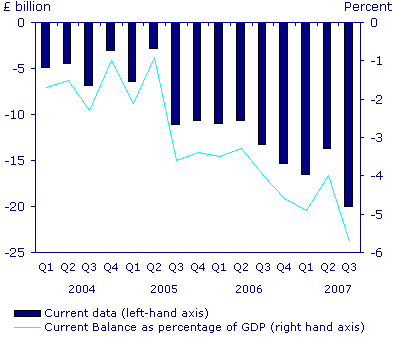The Genuine Progress Indicator (GPI) is an attempt to measure the real increase in economic welfare.
The GPI measures the improvement in economic welfare – costs associated with growth. It is measured using the formula
GPI = A + B – C – D + I
- A is income weighted private consumption
- B is value of non-market services generating welfare
- C is private defensive cost of natural deterioration
- D is cost of deterioration of nature and natural resources
- I is an increase in capital stock and balance of international trade
The GPI takes a wider measure of economic indicators into consideration. For example, GPI includes
- value of voluntary work and unpaid work.
- value of leisure time
- Distribution of income
- Impact on the environment
- Environmental standards
- Cost of crime
See list at the bottom for more details.
Advantages of Using GPI
- GDP doesn’t take into account negative externalities of growth. Higher GDP may lead to a large rise in pollution, crime and congestion leaving people with lower economic welfare and lower levels of happiness. Therefore, GDP can be misleading as an account of economic welfare.
- By focusing on a wider measure of economic indicators, it encourages policymakers to think in broader terms of economic welfare and not just crude GDP statistics.
- GDP only measures output – not how it actually affects people’s living standards and how it is used in society.
- Encourages long-term planning. i.e. sustainable growth rather than short-term measures which increase GDP at expense of damaging the environment.
Disadvantages of Using GPI
- Many non-economic variables such as the value of leisure time/environment are very subjective and it can be difficult to assign an economic value. GDP is simpler and gives less normative results.
- Not useful for judging the state of the business cycle.
Conclusion
Rather than GDP v GPI, it is useful to use both and see them as complementary indexes. GDP will always have a use for economic accounting. However, it clearly has limitations. Using an additional measure such as GPI helps to give a better understanding of real economic development.


